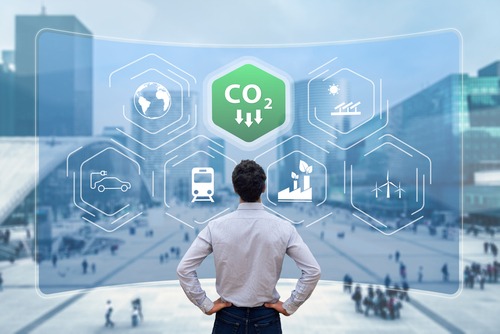Brattle/Oracle Study: Customer action key to reaching utility decarbonization goals

A new study from The Brattle Group and Oracle has found that actions by utility customers can be twice as impactful in reducing greenhouse gas emissions as current clean energy supply policies.
The report by The Brattle Group and Oracle Utilities found that by 2040 actions by utility customers can reduce nearly two times more greenhouse gas (GHG) emissions from the residential and light-duty vehicle sectors than would result from policies to promote investment into clean energy. If residential utility customers adopt new technologies and energy efficiency to reduce energy consumption, they would avoid creating 534 metric tons of carbon dioxide by 2040 – the equivalent of retiring 135 American coal plants.
“The prevailing belief is that clean energy supply investments need to be the primary focus of decarbonization efforts. And while those investments are essential, this research clearly shows that utilities can’t overlook the power of their customers in delivering needed change,” said Dr. Ahmad Faruqui, a Principal at The Brattle Group. “The aggregate impact of individual utility customer actions on decarbonization is not only profound – but also one of the fastest and cost-effective ways for utilities to make progress toward their climate change goals. Customer-side decarbonization policies will also bring with them the benefits of enhanced customer engagement and improved customer satisfaction with utilities.”
The study, conducted in early 2021, looked to quantify how much of an impact customers have on reducing GHG by adopting new technologies and behaviors over the next 10-20 years.
Researchers found that by 2030, consumer gas and electric energy efficiency, as well as the installation of rooftop solar, will lead emission reductions. By 2040, electric vehicle adoption and moving to more efficient electric space and water heating will have a larger effect on emission reductions. For electric vehicles, increased contributions to carbon reduction will stem from an anticipated four times increase in the total number of electric vehicles on the road from 2030 to 2040.
“APS recognizes the unlimited potential in partnering with customers. Our nationally recognized voluntary energy conservation programs, like APS Cool Rewards, are designed with our customers in mind and are one of the many tools we use to create a cleaner, more reliable smart grid for Arizona,” said Kerri Carnes, Manager of Customer Technology at Arizona Public Service Co. (APS). “By increasing access to the latest energy-saving technology and designing unique incentives that benefit participating customers, we’re building on our already 50% clean energy mix, accelerating our progress towards our bold commitment to power our state with 100% clean, carbon-free energy by 2050 and doing our part in the global effort to protect the environment.”
